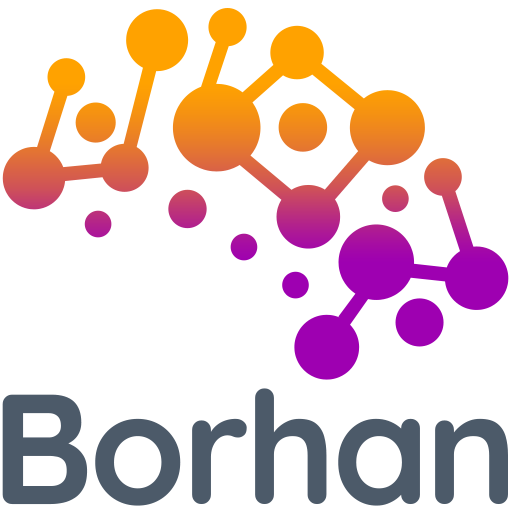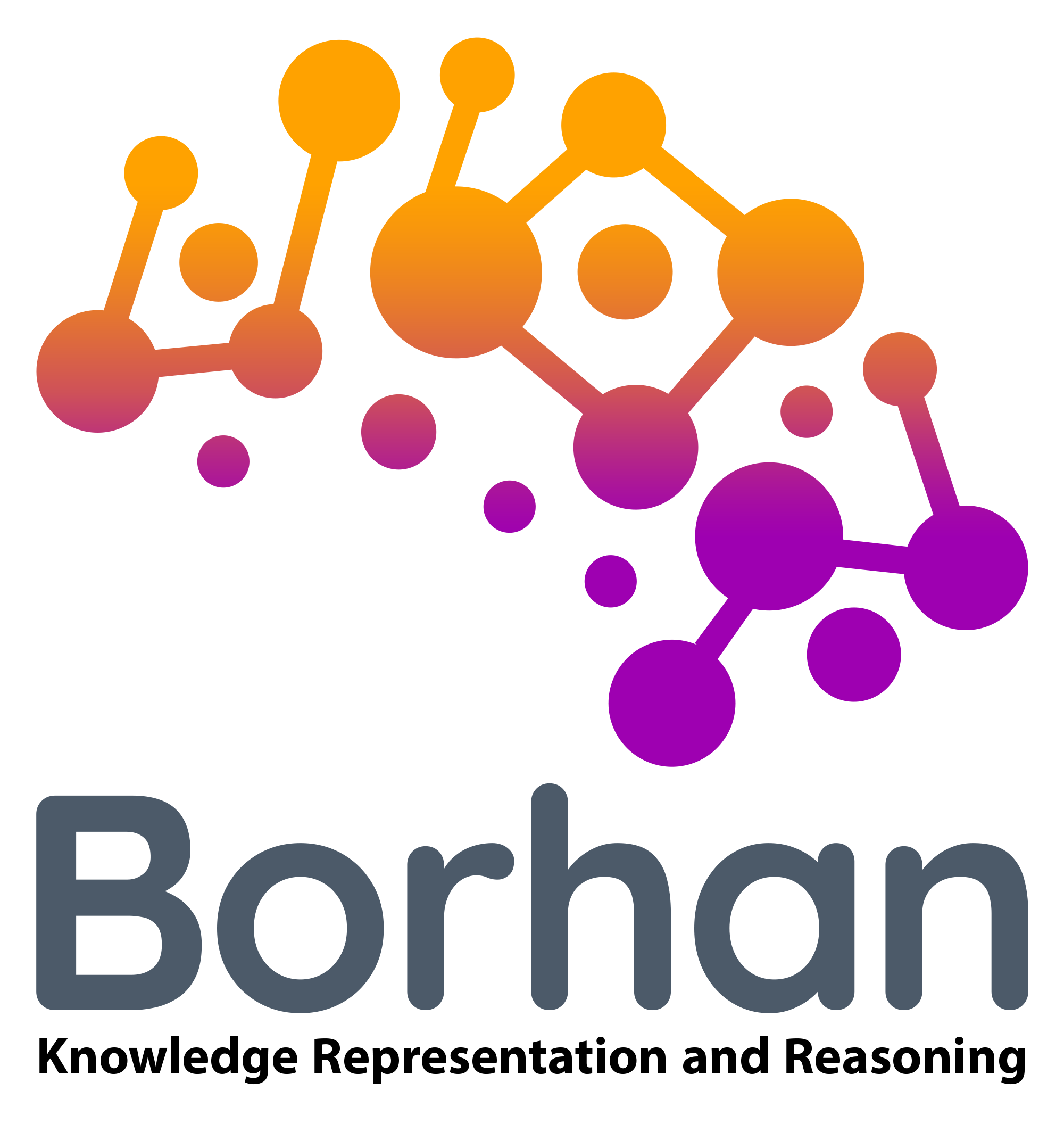What are DLs? (Part1: A Brief Introduction)
Description logics (DL) are a useful family of formal knowledge representation languages. DLs are fragments of binary first-order classical logic that are (usually) decidable and they have expressivity more than propositional logic but less expressive power than first-order logic. DLs model individuals, concepts, and roles, that correspond to constants, unary predicates, and binary predicates in FOL (First Order Logic), and individuals, classes, and roles in OWL (The Web Ontology Language)
In DL, a distinction is drawn between the so-called TBox (terminological box) and the ABox (assertional box). In general, the TBox contains sentences describing concept hierarchies (i.e., relations between concepts in a parent-child taxonomy) by sub summation operator, while the ABox contains ground sentences stating where in the hierarchy, individuals belong (i.e., relations between individuals and concepts). Also, in some DLs (especially some of ALC’s extensions) we have RBox that contains role axioms such as sub summation and Transitivity between roles.




